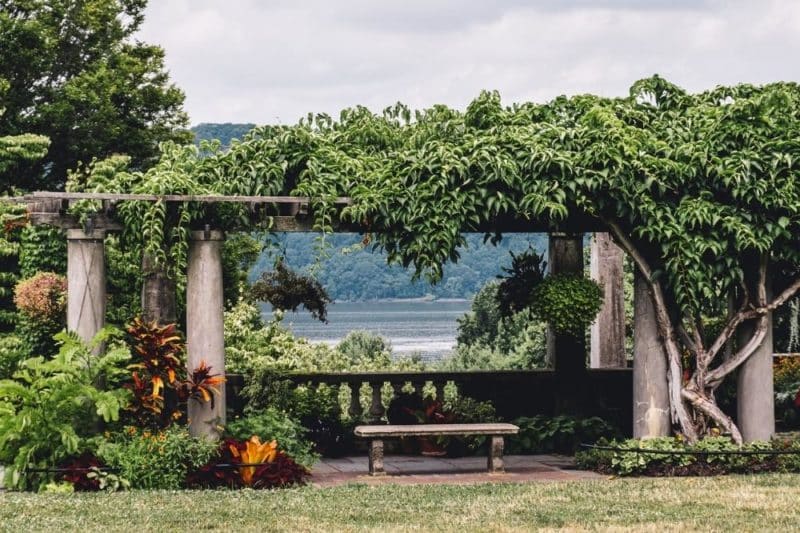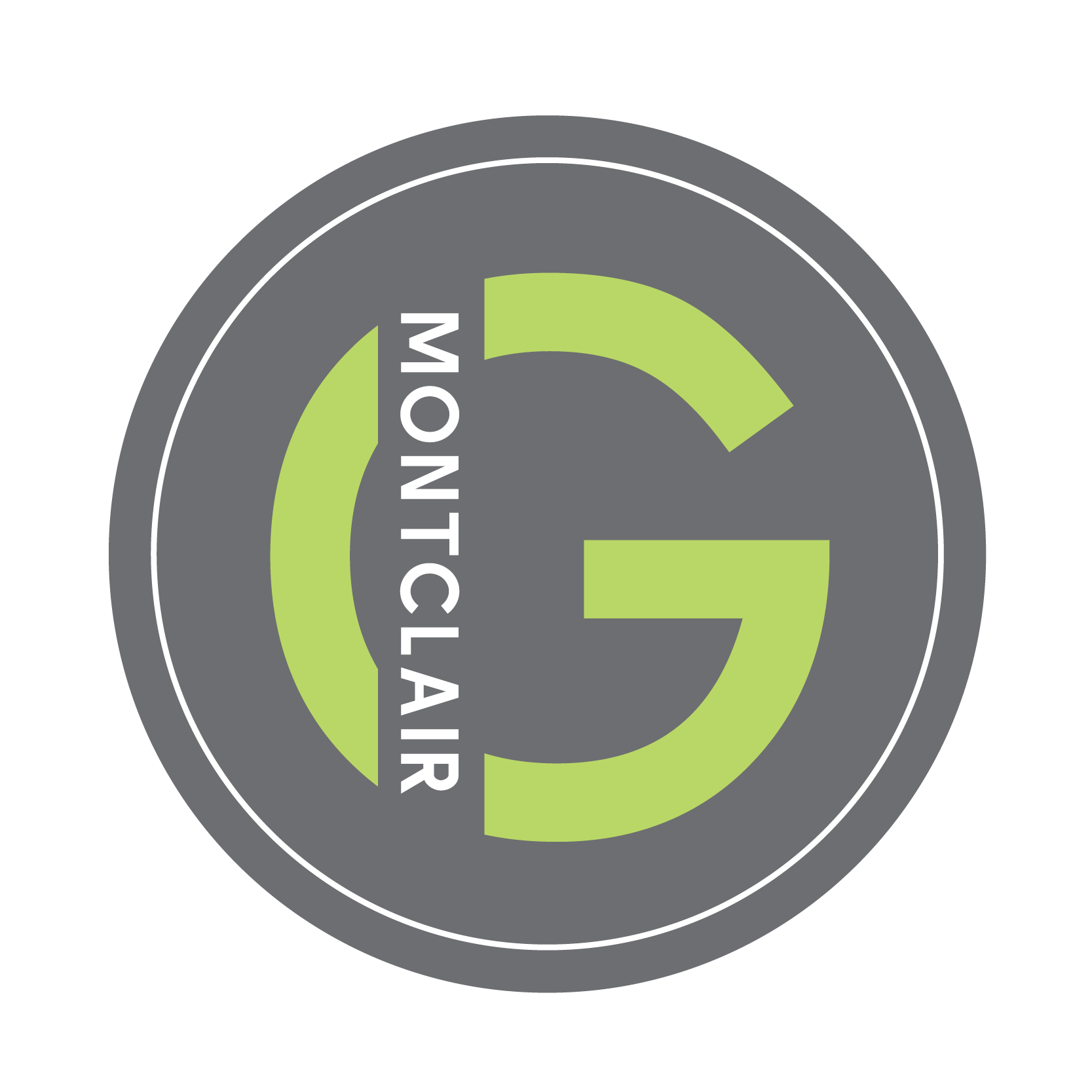Summer is the best time to get outside and enjoy nature — and luckily, in the tri-state area, there are lots of unique opportunities to do so. Perched on the hillside overlooking the Palisades are the lush public gardens of Wave Hill. These gardens are gorgeous, curated, and private — especially considering its urban location in the Bronx. Wave Hill is a wonderfully peaceful spot for a weekend picnic, a leisurely stroll, and to enjoy the Hudson River’s peeking views. Read on to learn more about Wave Hill Public Garden and Cultural Center, located at 4900 Independence Avenue in The Bronx.
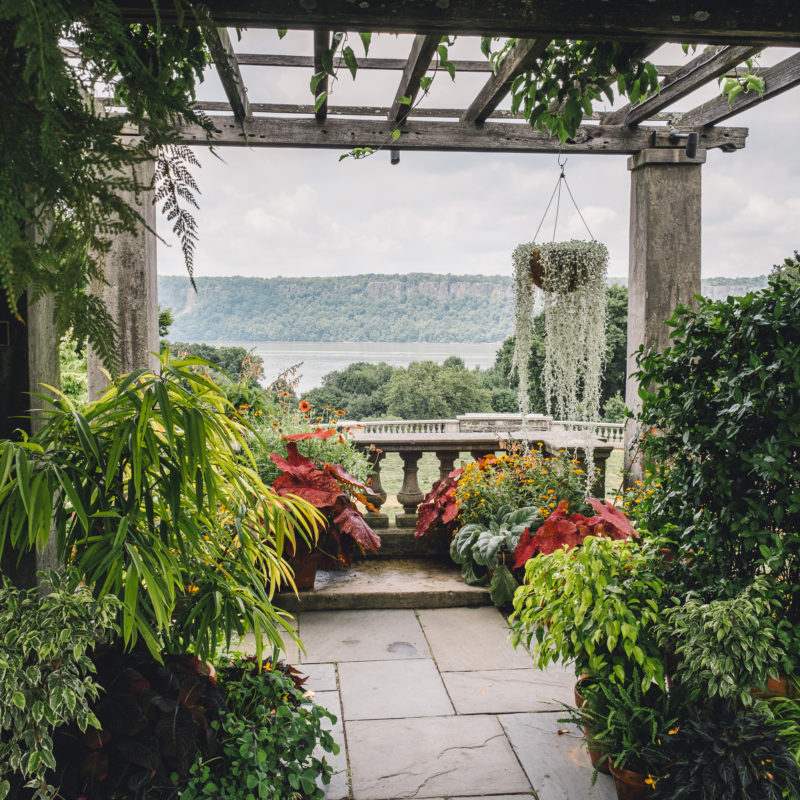
The Pre-History of Wave Hill
The Palisades formed as bedrock over a billion years ago and were covered with glacial ice for most of history. The Hudson River wore down the marble deposited here, creating the valley we know today. Because of the hard rock and erosion, this land was not used for agriculture by Paleo-Americans. Instead, it was a hunting ground for the hunter-gatherers who tracked mammoths heading south. This is the geology on which Wave Hill was built.
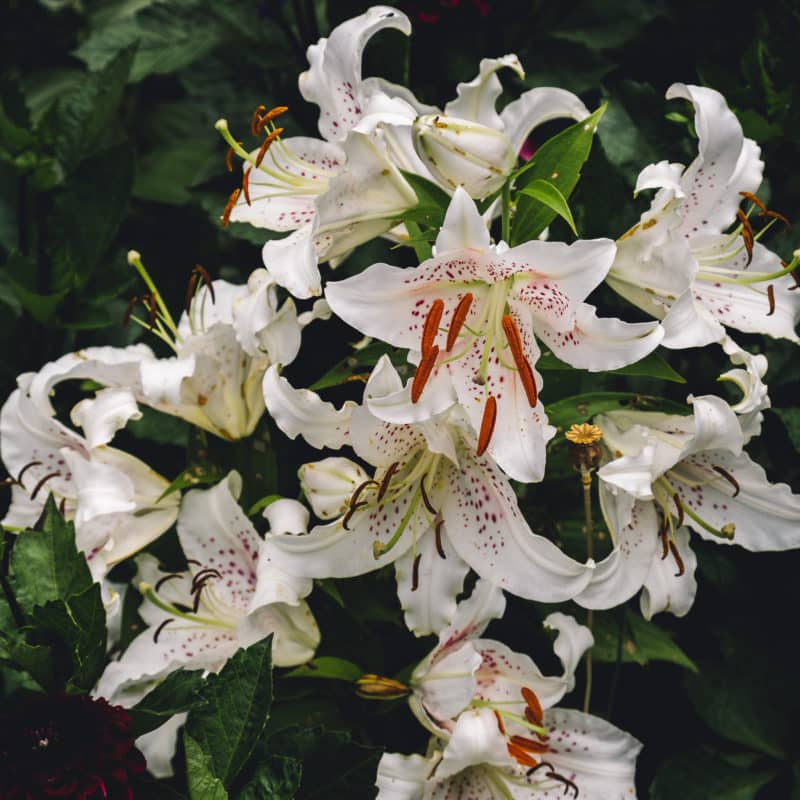
The Lenape tribe of Native Americans settled this land more than six thousand years ago. Here, they managed the forests, fished, and cultivated shellfish (oysters, mussels, and clams) for use in trade. They used native tulip trees to make dugout canoes — and where the land was more fertile, they grew beans, corn, and squash until the arrival of the Dutch settlers in the 1600s.
The Dutch settlers were eager to own the land, and despite being encouraged to negotiate, they created many tensions and conflicts. In the 1750s, much of the Native population had been decimated through violence and diseases that the settlers brought. By the mid-1800s, the remaining people went through forced relocation sanctioned by the US Government. The descendants of these tribes now live in Oklahoma, Wisconsin, and Canada.
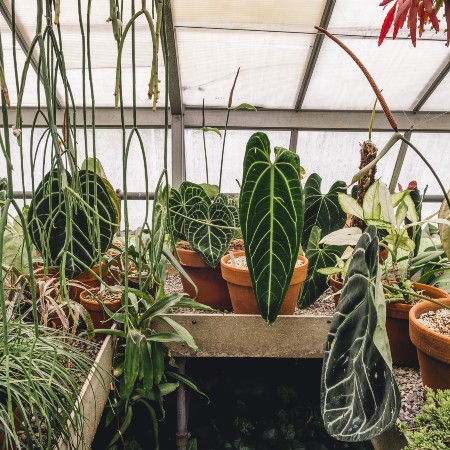
Read More: A Look into Montclair’s Van Vleck Gardens
During colonial times, this area and beyond were owned by Adrian van der Donck, who rented his property out to tenant farmers. He most likely purchased this land directly from the Lenape. The farmers who worked this land supplied food to New York City, which was just the tip of Manhattan island, and to slave plantations in the Caribbean.
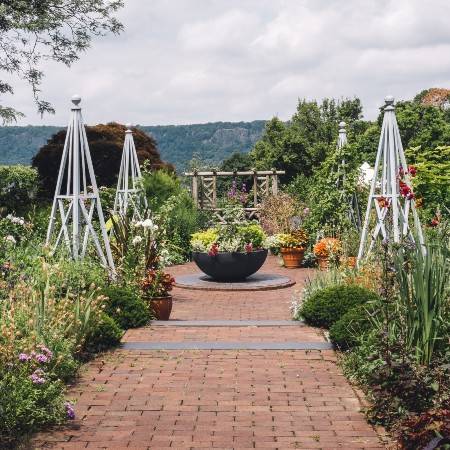
Years later, during the Revolutionary War, the property was confiscated from a British loyalist and broken up to sell to local farmers. The property of Wave Hill was sold to two New Jersey farmers in the 1790s, and their old farm road still remains to this day.
The Morris Family
Riverdale, as this property was then called, was bought by William Lewis Morris in 1836 for his wife. William was a well-known New York lawyer and the grandnephew of Lewis Morris, who signed the Declaration of Independence. His brother was the mayor of New York three times. The family built Wave Hill in 1843 and resided on the property for a few years until the children grew up and William’s wife passed.
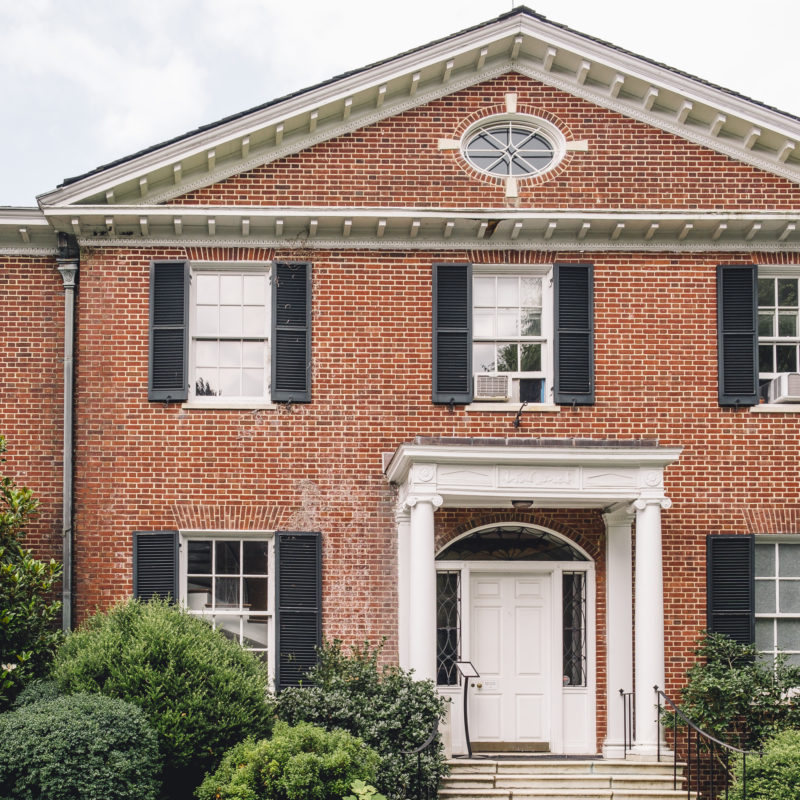
As surrounding properties were further developed and New York City’s streets extended north, the city attempted to further the gridded-street patterns to Wave Hill. After utilizing the expertise of the renowned landscape architect, Frederick Law Olmstead, the city agreed that due to the unusual topography, the streets could follow an organic road plan. This is why this region of the Bronx is laid out more like a suburban town rather than a gridded city.
The Perkins Family
The Wave Hill that is known today was thanks to the Perkins family, who acquired the property in 1893. They were a prosperous and civic-minded New York family who believed in private industry and public service. George Perkins Senior was an avid gardener. He worked with Alber Millard, a European landscaper who helped design the property with rare trees and native species. In 1906, the family added the Palm House to hold a variety of exotic plants.
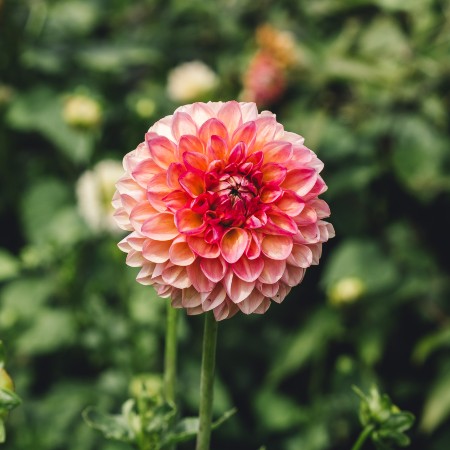
In 1960, the family donated the 28-acre property of Wave Hill to the City of New York to be open to the public. At that time, the gardens were neglected, and the old greenhouses were full of broken glass.
See More: Greenwood Gardens, A Hidden Gem in Short Hills
Visiting Wave Hill Today
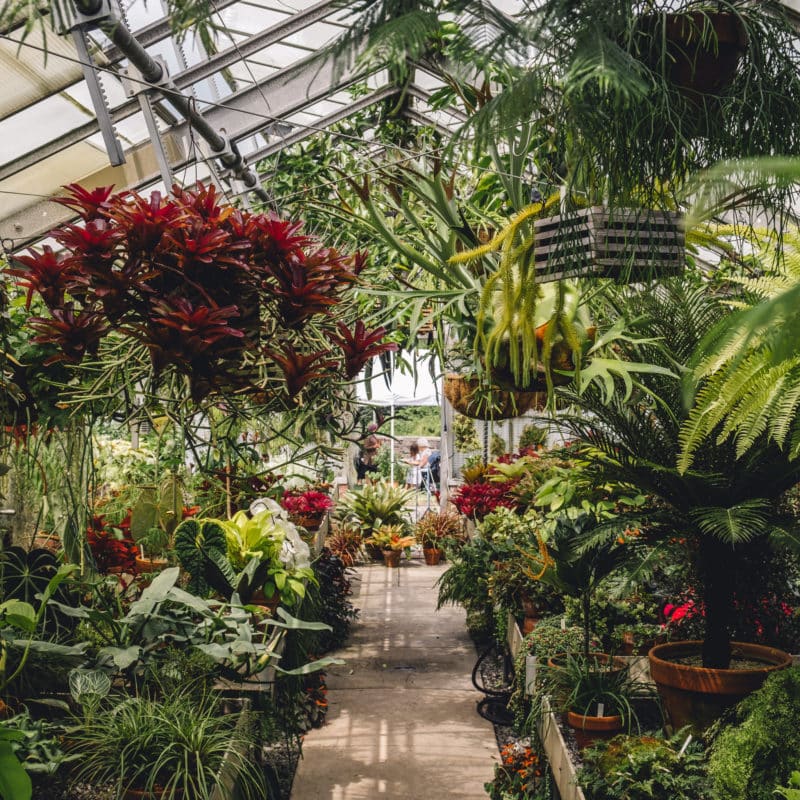
Today, Wave Hill is a glorious public garden. North of The Met’s Cloisters and not far from the New York Botanical Gardens, it is a lesser-frequented city park in the Bronx. This peaceful refuge has extensive lawns and seating to enjoy all summer. Visitors can enjoy the unobstructed views of New Jersey’s Palisades across the Hudson River. There are also numerous and immaculately curated gardens to wander through, which include: a cottage garden, conservatory, herb garden, alpine garden, and an aquatic garden blooming with water lilies. There is also a picnic area next to the art gallery to sit and have a meal. In addition, there is rustic woodland for nature walks, numerous paved walkways, and some graveled paths through wild gardens. There is a visitor’s center, gift shop, cafe, and art gallery on the grounds.
If you’re looking for a peaceful oasis not too far away from the Essex County area, consider visiting Wave Hill.
Wave Hill | 4900 Independence Avenue, The Bronx, NY
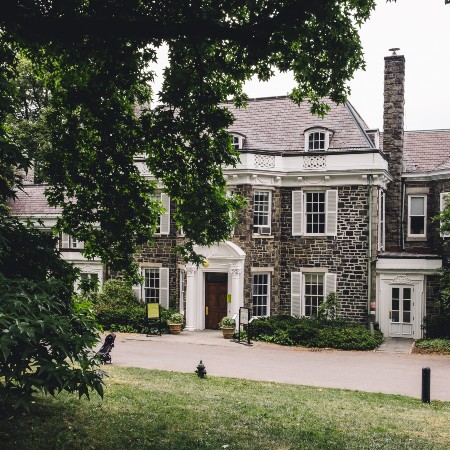
The gardens are open to the public all year round, from Tuesday to Sunday; however, hours change seasonally. Admission is $10 for adults, and there are discounts for seniors and children. Parking on-site is $13, but street parking is available for free. Visitors are advised to please follow garden etiquette when visiting and to refrain from playing sports on the lawns.

